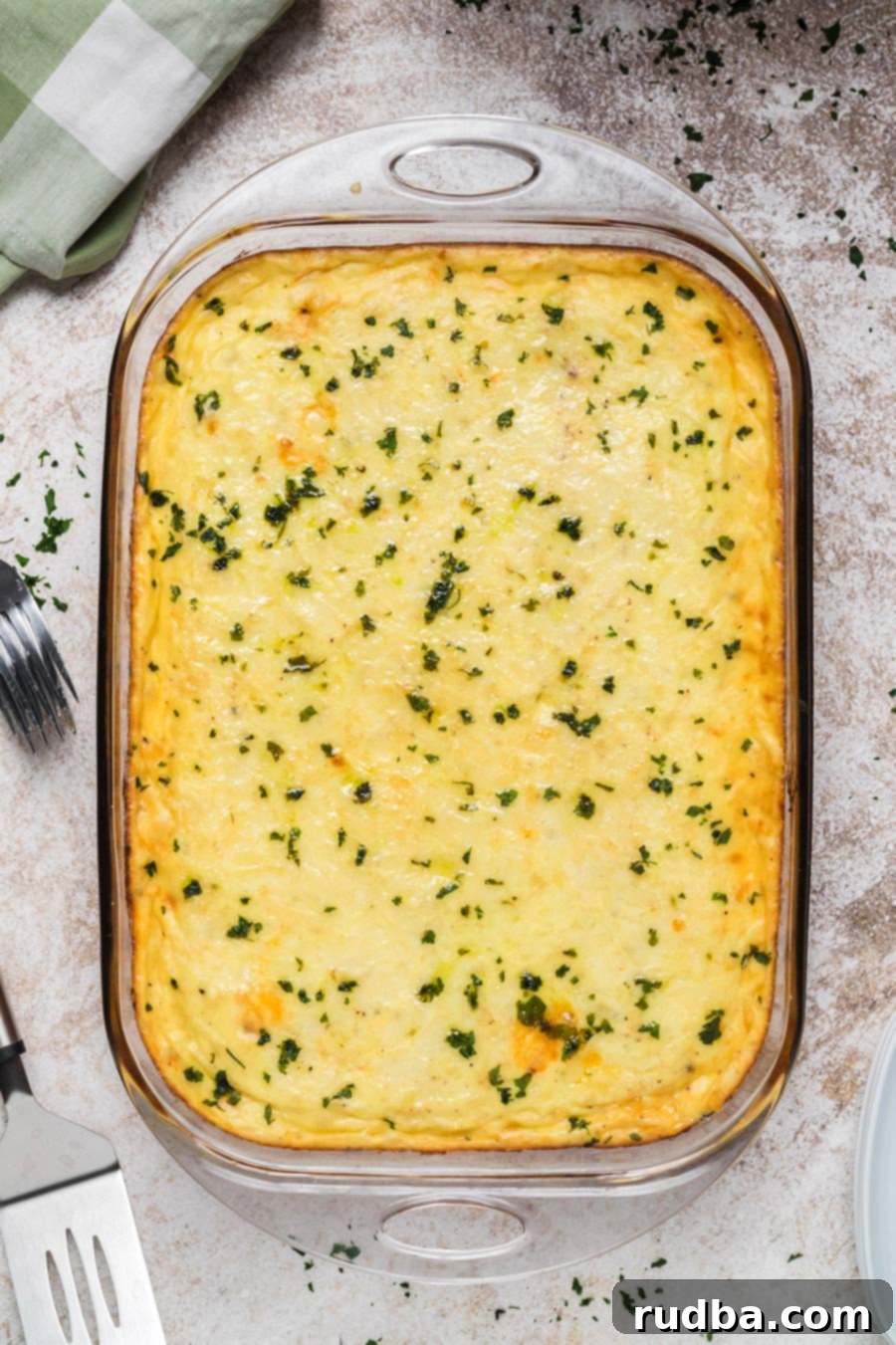Authentic Greek Pastitsio Recipe: How to Make the Ultimate Baked Pasta Dish
Ready to elevate your dinner experience? Dive into the heartwarming world of Pastitsio, a beloved classic from Greek cuisine! Often dubbed “Greek lasagna,” this impressive baked pasta dish features layers of perfectly cooked pasta, a rich and savory ground beef sauce, and a luscious, creamy béchamel topping. What sets Pastitsio apart is its unique blend of fresh herbs, aromatic spices (including a surprising hint of cinnamon and nutmeg), and two delightful cheeses, all coming together to create an unforgettable meal that promises comfort with every bite. If you’re looking for a hearty, flavorful dish that will impress your family and friends, this authentic Greek Pastitsio recipe is a must-try.
What is Pastitsio? A Culinary Masterpiece
Pastitsio is more than just a pasta bake; it’s a testament to the rich flavors and comforting traditions of Greek cooking. At its heart, it shares similarities with Italian lasagna, but with distinctive Greek twists that make it truly unique. Unlike lasagna, which typically features a red tomato-based sauce, Pastitsio boasts a luxurious white béchamel sauce that blankets the entire dish, creating a golden, creamy crust when baked to perfection. This makes it visually striking and provides a wonderfully smooth texture that contrasts beautifully with the other layers.
The meat layer, traditionally made with ground beef or sometimes lamb, is seasoned with a captivating blend of herbs like fresh thyme and a subtle, yet crucial, dash of cinnamon and in some recipes, nutmeg. This unexpected spice combination adds a remarkable depth of flavor that is both intriguing and utterly delicious, transforming the savory meat into something truly special and distinctly Greek. The foundation of this impressive dish is a generous layer of tubular pasta, such as ziti or bucatini, providing a hearty and satisfying base. On top of the pasta, a sprinkle of crumbled feta cheese adds a tangy, salty kick that perfectly complements the richness of the meat sauce. The final touch is the thick, velvety béchamel, often enriched with Gruyere cheese and eggs, which bakes into a custardy, golden-brown cap. Pastitsio is a staple in Greek homes, enjoyed during family gatherings, holidays, and any occasion that calls for a truly satisfying and memorable meal. It’s a dish that looks as impressive as it tastes, making it perfect for entertaining or simply treating your family to a gourmet experience.
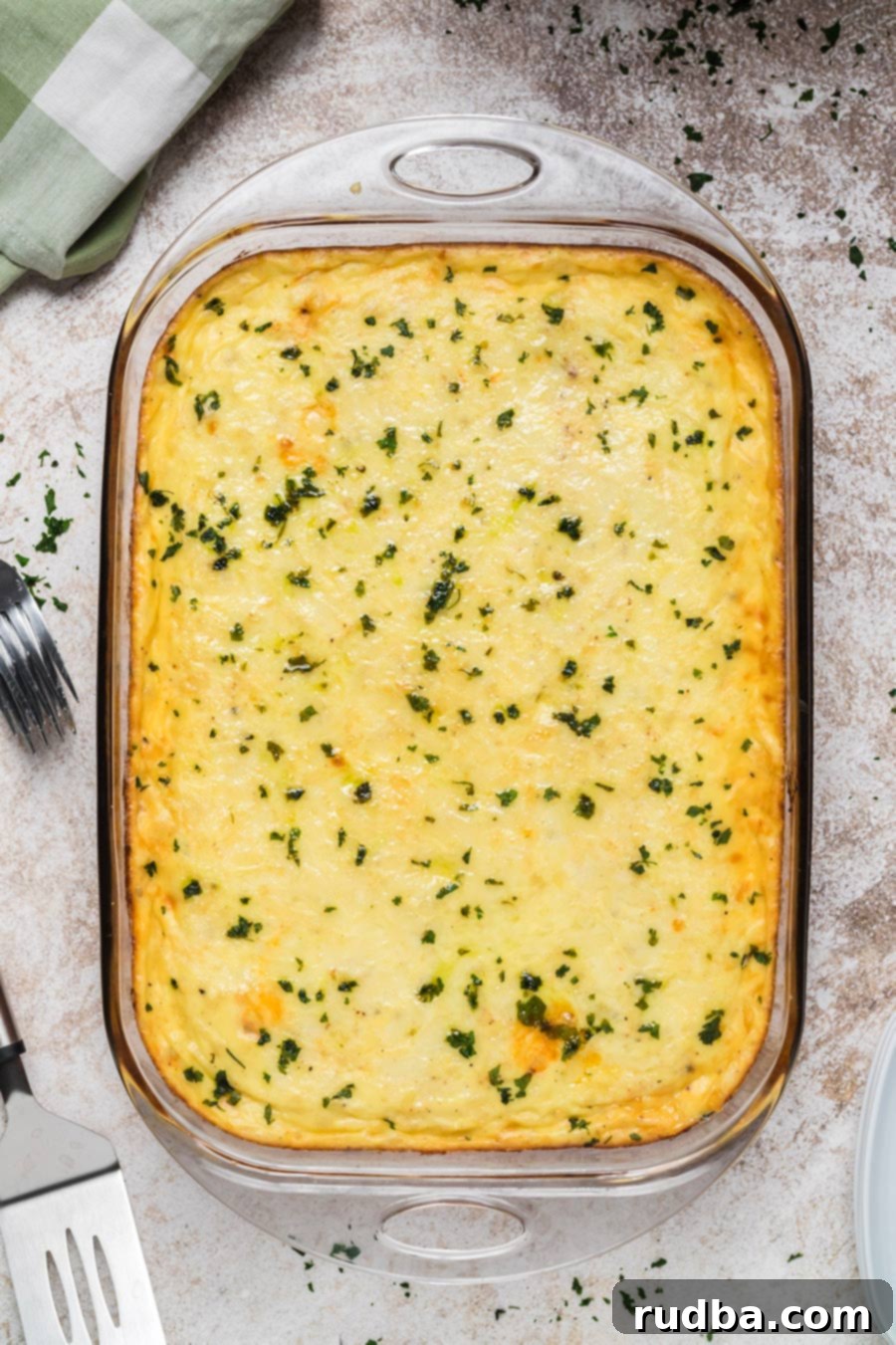
How to Make Pastitsio: A Step-by-Step Guide
Crafting the perfect Pastitsio involves a few distinct stages, but don’t be intimidated – each step is straightforward and contributes to the harmonious blend of flavors. This comprehensive guide will walk you through the process, ensuring you achieve a truly authentic and delicious result that rivals any Greek taverna.
1. Prepare Your Foundation: Pasta and Baking Dish
Begin by preheating your oven to 350°F (175°C) to ensure it’s ready for baking as soon as your Pastitsio is assembled. While the oven heats, cook your ziti or preferred tubular pasta according to package directions until al dente. It’s crucial not to overcook the pasta at this stage, as it will continue to cook and absorb flavors in the oven. Once thoroughly drained, spread the cooked pasta evenly at the bottom of a 13×9 inch baking dish. This creates the essential hearty base for your Pastitsio. Generously sprinkle half a cup of crumbled feta cheese over the pasta layer; its salty, tangy notes will wonderfully contrast the richness of the forthcoming meat and béchamel sauces, adding an authentic Greek touch.
2. Craft the Rich and Aromatic Meat Sauce
In a large pan, heat 4 tablespoons of olive oil over medium-high heat. Add the diced onions, a teaspoon of granulated sugar (this helps caramelize the onions and balance the acidity of the tomatoes), and two sprigs of fresh thyme. Sauté these aromatics for about 3 minutes until the onions soften and become translucent and fragrant. Stir in 2 tablespoons of tomato paste and cook for another 2 minutes, allowing it to deepen in color and flavor, forming a concentrated base. Next, add 1 pound of ground beef (or lamb) and brown it for approximately 5 minutes, breaking it up with a spoon until no pink remains. Pour in 2 ounces of red wine and let it simmer for 2 minutes, allowing the alcohol to evaporate and leave behind a concentrated, rich flavor. Finally, stir in 1 teaspoon of ground cinnamon and a beef bouillon cube. Lower the heat, then add the 28 ounces of diced tomatoes. Let the meat sauce simmer gently for about 5 minutes, allowing all the incredible flavors to meld beautifully. Once done, remove it from the heat and set aside.
3. Master the Creamy Béchamel Sauce
The béchamel is arguably the crowning glory of Pastitsio, providing its signature creamy texture and golden top. In a separate heavy-bottomed saucepan, melt half a cup of butter over medium heat. Once the butter is melted and bubbling, add one-third cup of all-purpose flour to create a roux. Whisk continuously for about 2 minutes to cook out the raw flour taste and achieve a pale golden roux. Gradually, pour in 4 ¼ cups of milk, whisking constantly and vigorously to prevent any lumps from forming and ensure a perfectly smooth, creamy consistency. Continue to whisk as the sauce gently simmers and thickens, which typically takes about 5 minutes. Season generously with salt and pepper to taste. The sauce should be thick enough to beautifully coat the back of a spoon. Now, stir in 2 cups of grated Gruyere cheese until it melts completely and is smoothly incorporated into the béchamel (remember to reserve the remaining 1 cup for topping). Remove the pan from the heat, then quickly whisk in 5 eggs and a half teaspoon of nutmeg. The eggs will further enrich the sauce and help it set beautifully with a custardy texture when baked. Whisk vigorously for 2 minutes to ensure the eggs are fully combined and cooked slightly by the residual heat, then set aside.
4. Assemble the Layers of Perfection
Now it’s time to bring all the delicious components together to form your magnificent Pastitsio. Take 3 tablespoons of the prepared béchamel sauce and gently stir it into the ground beef mixture. This small addition helps bind the meat sauce, adding an extra layer of creaminess and ensuring it stays moist. Spoon the meat mixture evenly over the pasta and feta layer in your baking dish, ensuring every corner is covered to provide a consistent flavor in each slice. Then, carefully pour the luscious béchamel sauce over the meat layer, spreading it gently with a spatula to create a smooth, even top that will become golden brown. Finally, sprinkle the remaining 1 cup of grated Gruyere cheese and 1 tablespoon of fresh parsley over the béchamel. This final layer of cheese will create a beautiful golden-brown crust, while the parsley adds a burst of fresh color and aroma.
5. Bake to Golden-Brown Perfection
Place your expertly assembled Pastitsio in the preheated oven on the center rack. Baking on the center rack ensures even heat distribution, allowing the béchamel to brown perfectly without burning the bottom or top too quickly. Bake for approximately 50 minutes, or until the top is a rich, golden brown and bubbly, indicating it’s thoroughly cooked and the flavors have melded. Once baked, resist the urge to slice into it immediately! Allowing the Pastitsio to cool and set for at least 10-15 minutes before serving is crucial for the layers to firm up. This resting time prevents the dish from falling apart when cut, making for cleaner, more presentable slices. Serve warm and savor every bite of this incredible Greek comfort food!
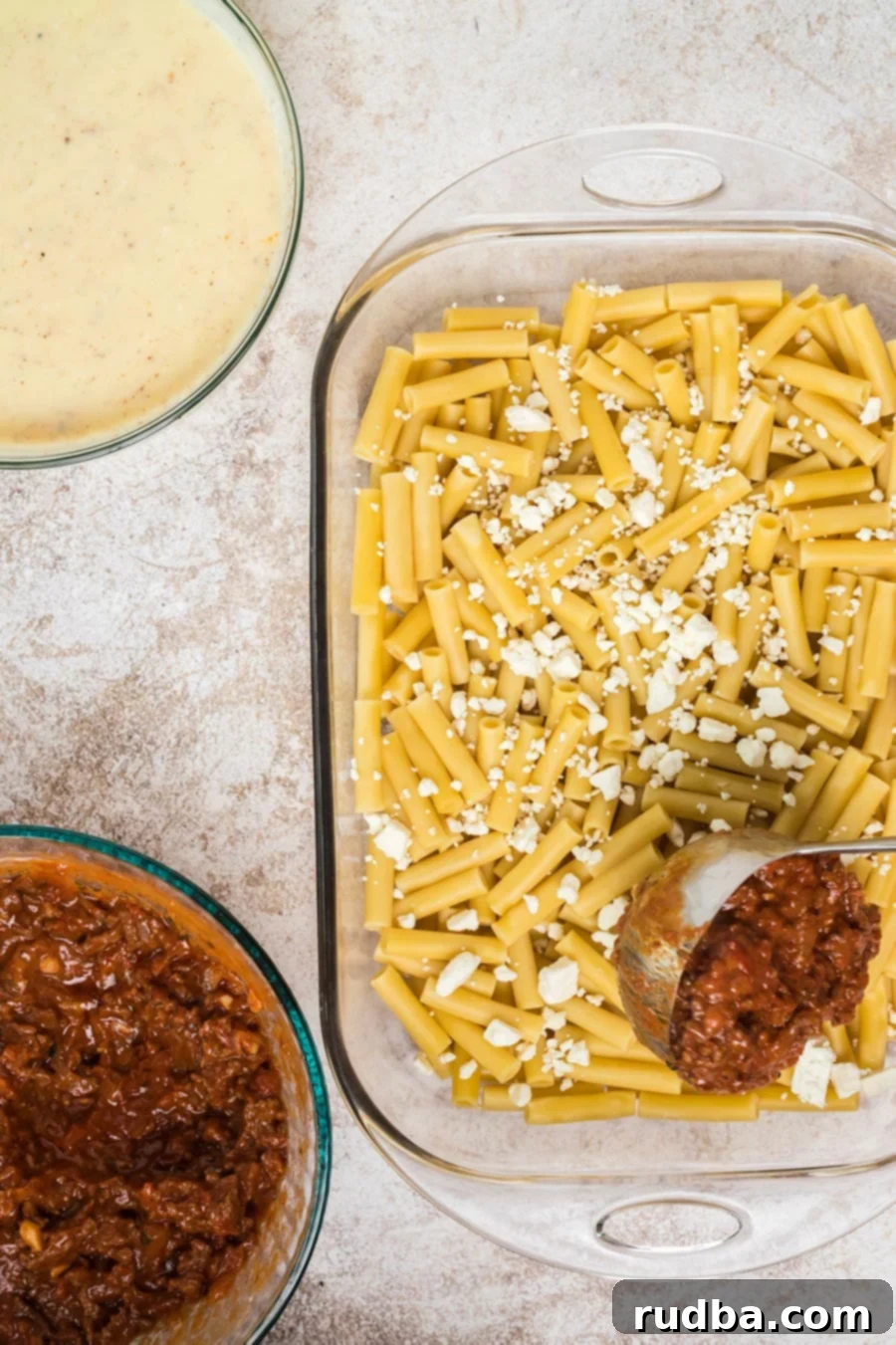
Top Tips for the Perfect Pastitsio
While the classic Pastitsio recipe is fantastic as is, a few expert tips and thoughtful variations can help you customize it to your taste or ensure an even more successful and delicious dish every time you prepare it.
- Spice It Your Way: Nix or Embrace Cinnamon/Nutmeg: The addition of cinnamon and nutmeg is a hallmark of authentic Greek Pastitsio, offering a unique warmth and subtle sweetness to the savory ground beef sauce. This distinctive flavor profile is what truly sets it apart. However, if these spices aren’t to your liking in a savory dish, feel free to reduce the amount or omit them entirely. Conversely, if you love that distinctive, aromatic flavor, you might even consider a pinch more to enhance its presence.
- Experiment with Cheeses: While feta and Gruyere are traditional and highly recommended for their distinct flavors, you can certainly explore other cheeses to personalize your Pastitsio. Consider using kefalotyri or graviera for a more intense and authentic Greek cheese flavor, or a blend of Parmesan and mozzarella for a different textural and taste experience, offering a saltier, stringier element. Just remember that changing the cheese will subtly alter the overall flavor profile of the dish.
- Alternative to Béchamel: Use Red Sauce: For a non-traditional but equally delicious twist, especially if you’re short on time or prefer a different flavor profile, you could swap out the white béchamel sauce for a classic marinara or a robust red meat sauce. While this variation veers from the authentic Greek style, it offers a familiar and comforting lasagna-like experience for those who prefer red sauces, making it a “Greek-inspired” pasta bake.
- What to Serve with Pastitsio? Pairings for a Complete Meal: Pastitsio is a hearty and fulfilling meal on its own, but it pairs wonderfully with light, fresh side dishes that balance its richness. Think anything you’d serve alongside an Italian classic, but with a Greek flair. Great options include a crisp fresh green salad with a zesty vinaigrette, a vibrant Tomato Avocado Salad, or simple steamed green beans. For something a little richer but still complementary, try Cheesy Corn, Roasted Parmesan Brussel Sprouts, Lemon Israeli Couscous, or Honey Roasted Carrots. A crusty bread is also perfect for soaking up any delicious leftover sauce.
- Bake on the Center Rack for Evenness: For optimal cooking and browning, always position your Pastitsio on the center rack of your oven. This ensures that heat circulates evenly around the dish, preventing the bottom from overcooking while allowing the béchamel topping to achieve that perfect golden hue without burning or becoming too dry. If your oven racks aren’t currently centered, take a moment to adjust them before preheating.
- Don’t Overcook the Pasta: Remember to cook your pasta only until al dente, meaning it’s still firm to the bite. It will finish cooking and absorb the delicious flavors in the oven as it bakes with the meat and béchamel sauces. Overcooked pasta can become mushy, compromising the overall texture and integrity of your finished Pastitsio.
- Allow for Resting Time: Just like a good roast, Pastitsio benefits immensely from a resting period after baking. Letting it cool for 10-15 minutes allows the béchamel and meat layers to set properly and firm up. This crucial resting time makes it much easier to slice and serve neat, beautiful portions without the dish collapsing or oozing excessively. Patience is key for a picture-perfect slice!
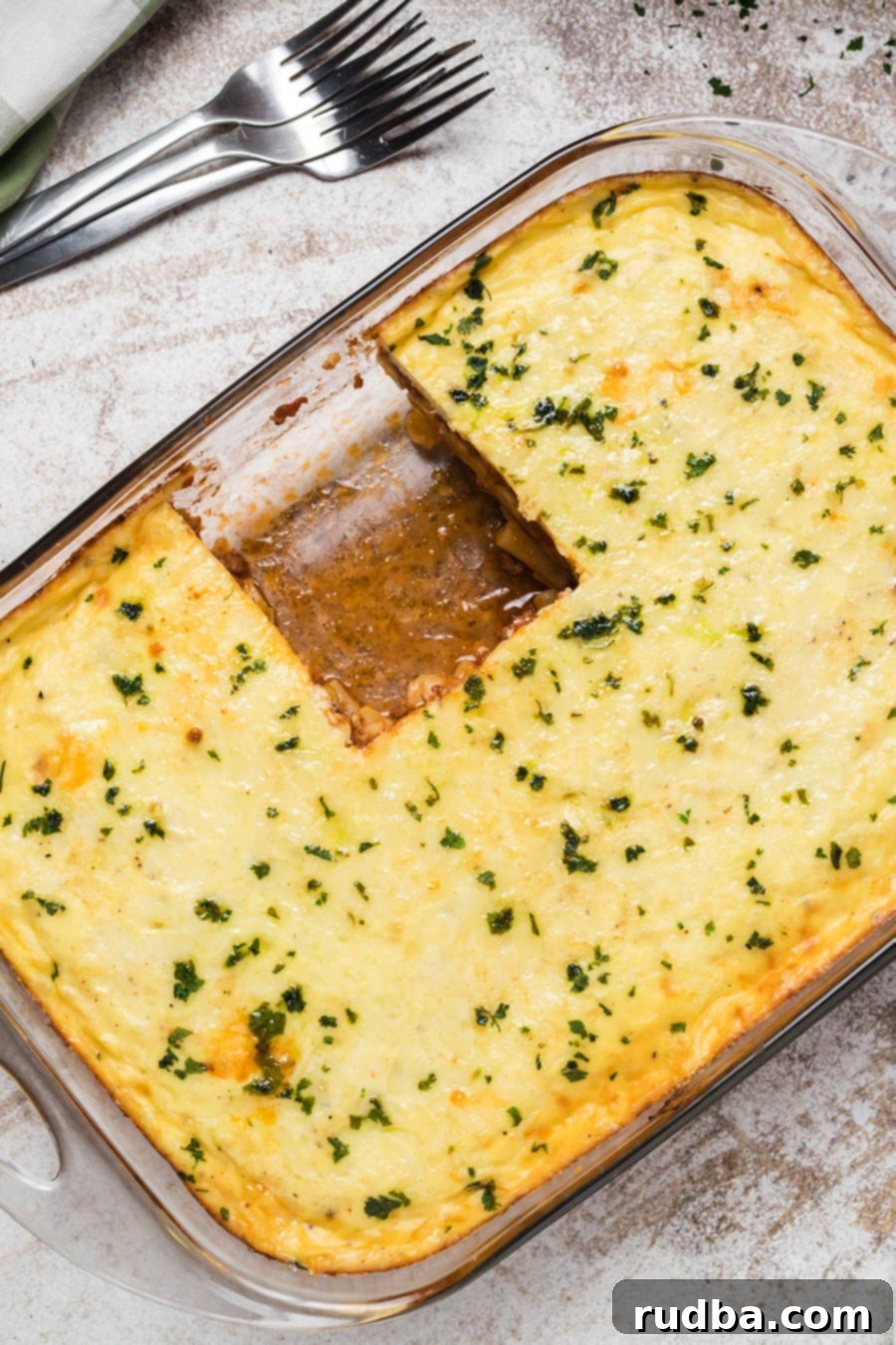
What is the Difference Between Moussaka and Pastitsio?
Moussaka and Pastitsio are both iconic Greek baked dishes, frequently compared due to their comforting nature and layered structure, yet they have distinct differences. The primary distinction lies in their base layer. Moussaka traditionally features layers of sautéed eggplant (and often potatoes) instead of pasta. Its rich meat sauce, usually ground lamb or beef, is similar to Pastitsio’s, often seasoned with aromatic spices, but without the characteristic pasta base. Topping Moussaka is also a luxurious béchamel sauce, much like Pastitsio. Essentially, if Pastitsio is “Greek lasagna” with its pasta foundation, Moussaka is more akin to a “Greek shepherd’s pie” or a layered vegetable and meat casserole, offering a different textural experience with its soft vegetables and hearty meat.
What is the Difference Between Lasagna and Pastitsio?
While Pastitsio is often referred to as “Greek lasagna” due to its layered baked pasta format, there are several key differences that distinguish these two beloved comfort food dishes. Classic Italian lasagna typically consists of wide, flat lasagna noodles layered with a rich, savory beefy marinara (red) sauce, creamy ricotta cheese, and generous amounts of melted mozzarella cheese. Pastitsio, on the other hand, uses tubular pasta like ziti or bucatini for its sturdy base layer. Its meat sauce, while still beefy and robust, incorporates subtle Greek spices like cinnamon, giving it a unique aromatic profile. The most striking difference is the sauce: Pastitsio features a thick, custardy white béchamel sauce (often enriched with Gruyere cheese and eggs) as its luxurious top layer, completely replacing the red sauce and the ricotta/mozzarella combination found in traditional Italian lasagna. So, while both offer comforting layers of pasta and meat, their distinct sauces, spices, and cheese choices create distinctly different flavor profiles and culinary experiences.
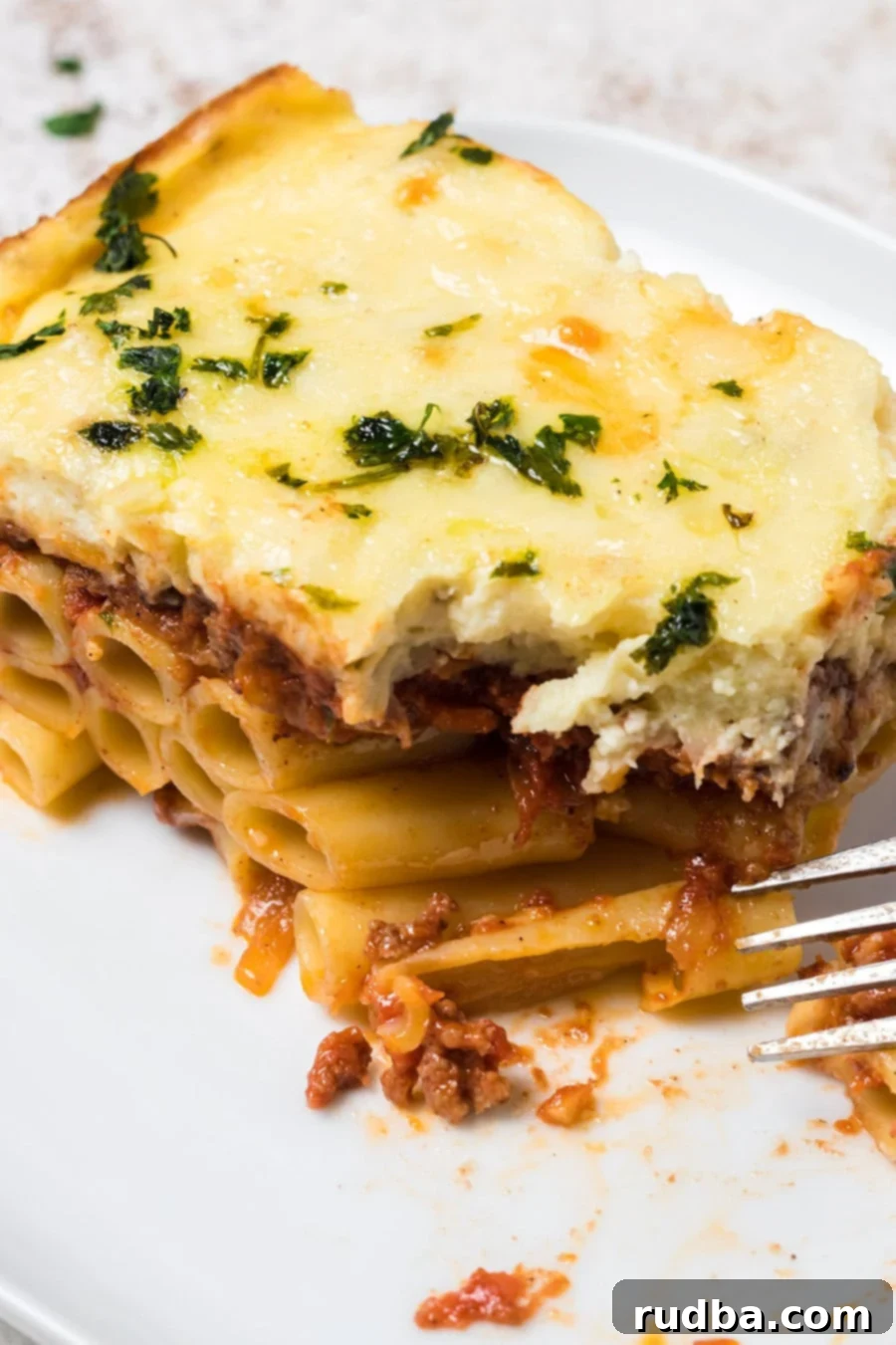
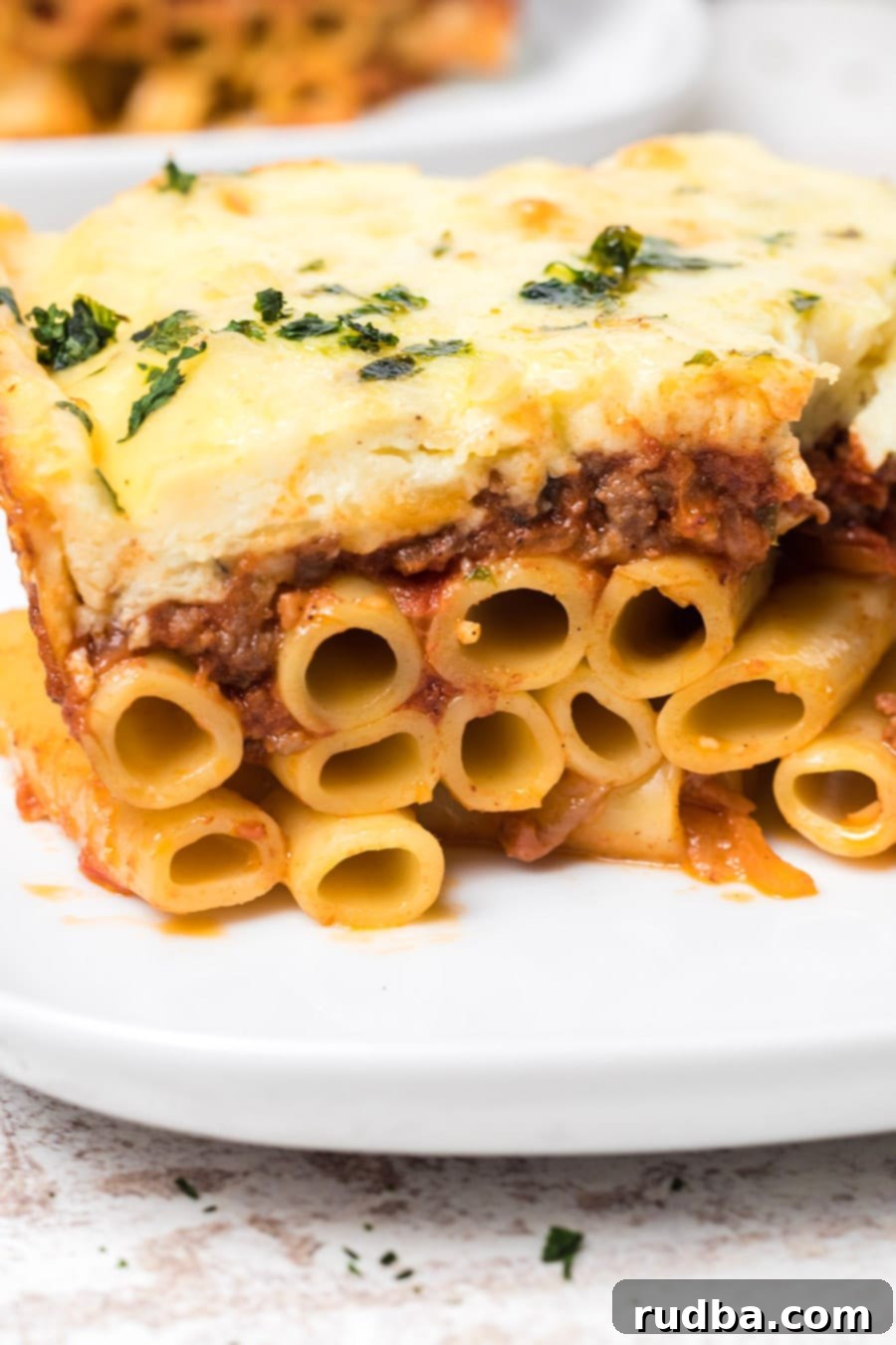
Storage and Reheating Best Practices
Pastitsio is an excellent dish for meal prepping or enjoying as delicious leftovers, as it reheats beautifully and often tastes even better the next day. Proper storage is key to ensuring its rich flavors and appealing texture are preserved.
- Fridge: Allow any leftover Pastitsio to cool completely at room temperature before transferring it to an airtight container. This helps prevent condensation and maintains freshness. Store in the refrigerator for up to 3-4 days. For individual portions, cut slices and store them separately to make reheating easier.
- Freezer: For longer storage, Pastitsio freezes exceptionally well, making it a great make-ahead meal. Once completely cooled, you can cut it into individual portions or freeze the entire dish (if you plan to reheat it all at once). Wrap portions tightly in plastic wrap, then an additional layer of aluminum foil, or place in a freezer-safe airtight container. It can be stored in the freezer for up to 2 months. To thaw, simply transfer it to the refrigerator overnight before reheating.
- Reheating:
- Oven (Recommended): For the best results, retaining the crispy béchamel and moist interior, reheat Pastitsio in the oven. Preheat your oven to 300°F (150°C). Cover the dish loosely with foil to prevent the top from drying out or burning. Bake for 20-30 minutes, or until heated thoroughly. Remove the foil for the last few minutes if you want to crisp up the top again.
- Microwave: For a quicker option, individual portions can be reheated in the microwave. Place a slice on a microwave-safe plate, cover loosely with a microwave-safe lid or damp paper towel, and heat for 2-4 minutes, or until hot. Be mindful not to overheat, as this can dry out the béchamel and make the pasta rubbery.
More Delicious Pasta Recipes You’ll Enjoy
If you loved making and enjoying this authentic Pastitsio recipe, be sure to explore these other fantastic pasta dishes that are sure to become new family favorites in your culinary repertoire:
- Instant Pot Rasta Pasta
- Shrimp Pesto Pasta
- Chicken and Shrimp Pasta Bake
- Creamy Shrimp Alfredo Pasta
You can find more delicious recipes and cooking tutorial videos on Youtube and Facebook.
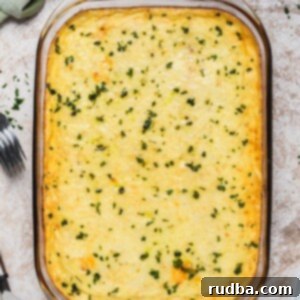
Pastitsio
Save RecipeSaved Recipe
Pin Recipe
Rate Recipe
Print Recipe
Ingredients
- 1 lb ziti
- 1 lb ground beef
- 28 ounces diced tomatoes
- 1/2 cup feta cheese
- 1 tsp granulated sugar
- 1 onion, diced
- 2 sprigs fresh thyme
- 2 tbsp tomato paste
- 2 oz red wine
- 1 tsp cinnamon , ground
- 1/2 tsp nutmeg
- 1 beef bouillon cube
- 1/2 cup butter
- 1/3 cup all-purpose flour
- 4 1/4 cup milk
- 3 cup Gruyere cheese , grated
- 5 eggs
- 1 tbsp fresh parsley
- salt and pepper to taste
Instructions
-
Preheat oven to 350 degrees F. Cook and drain pasta. Add to the bottom of a 13×9 casserole dish and top with feta cheese.
-
Add 4 tbsp olive oil to a pan over medium-high heat. Add onions, thyme, and sugar. Saute for 3 minutes. Add tomato paste and saute for 2 minutes. Add ground beef, brown for 5 minutes. Add red wine and cook for 2 minutes. Then, add cinnamon and beef bouillon. Lower heat, add diced tomatoes. Simmer for 5 minutes and then remove from heat.
-
In a saucepan, make the bechamel sauce. Melt butter. Once melted, add the flour and whisk while cooking for 2 minutes. Slowly incorporate milk, whisking often. Whisk in salt and pepper and cook for 5 minutes. The sauce will be slightly thick and creamy. Stir in grated gruyere cheese (set aside 2 cups) until melted. Next, add eggs and whisk to combine. Cook for 2 minutes and remove from heat. Stir in nutmeg.
-
Add 3 tbsp of bechamel sauce to ground beef mixture and stir to combine. Scoop meat mixture evenly atop noodles in the casserole dish.
-
Pour the bechamel sauce over the top of the meat mixture. Sprinkle the remaining gruyere cheese and fresh parsley over the top.
-
Bake on the center rack for 50 minutes, or until the bechamel sauce turns golden brown. Allow to cool for about 10 minutes before slicing into it. Enjoy!
Nutrition
Nutrition information is automatically calculated, so should only be used as an approximation.
Additional Info
Like this recipe? Leave a comment below!
